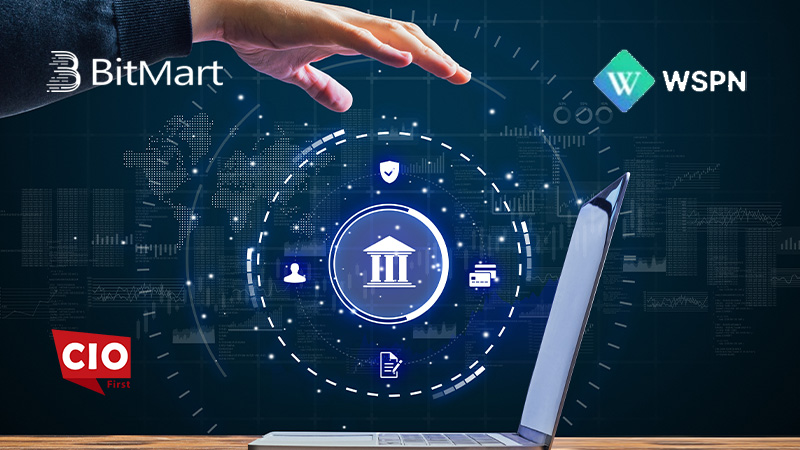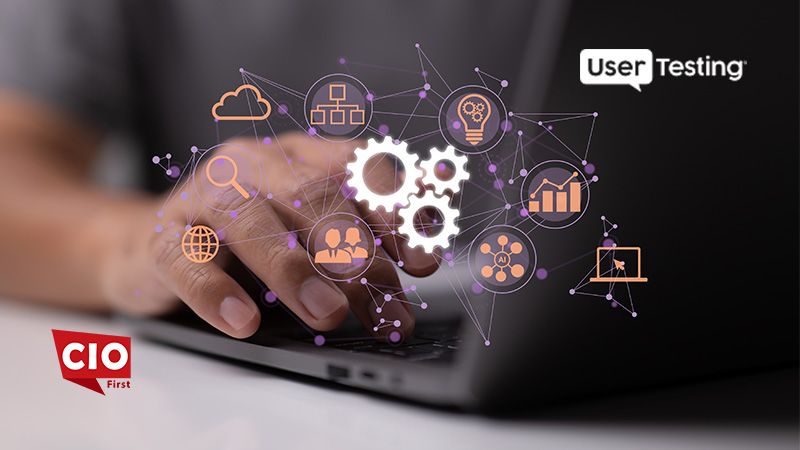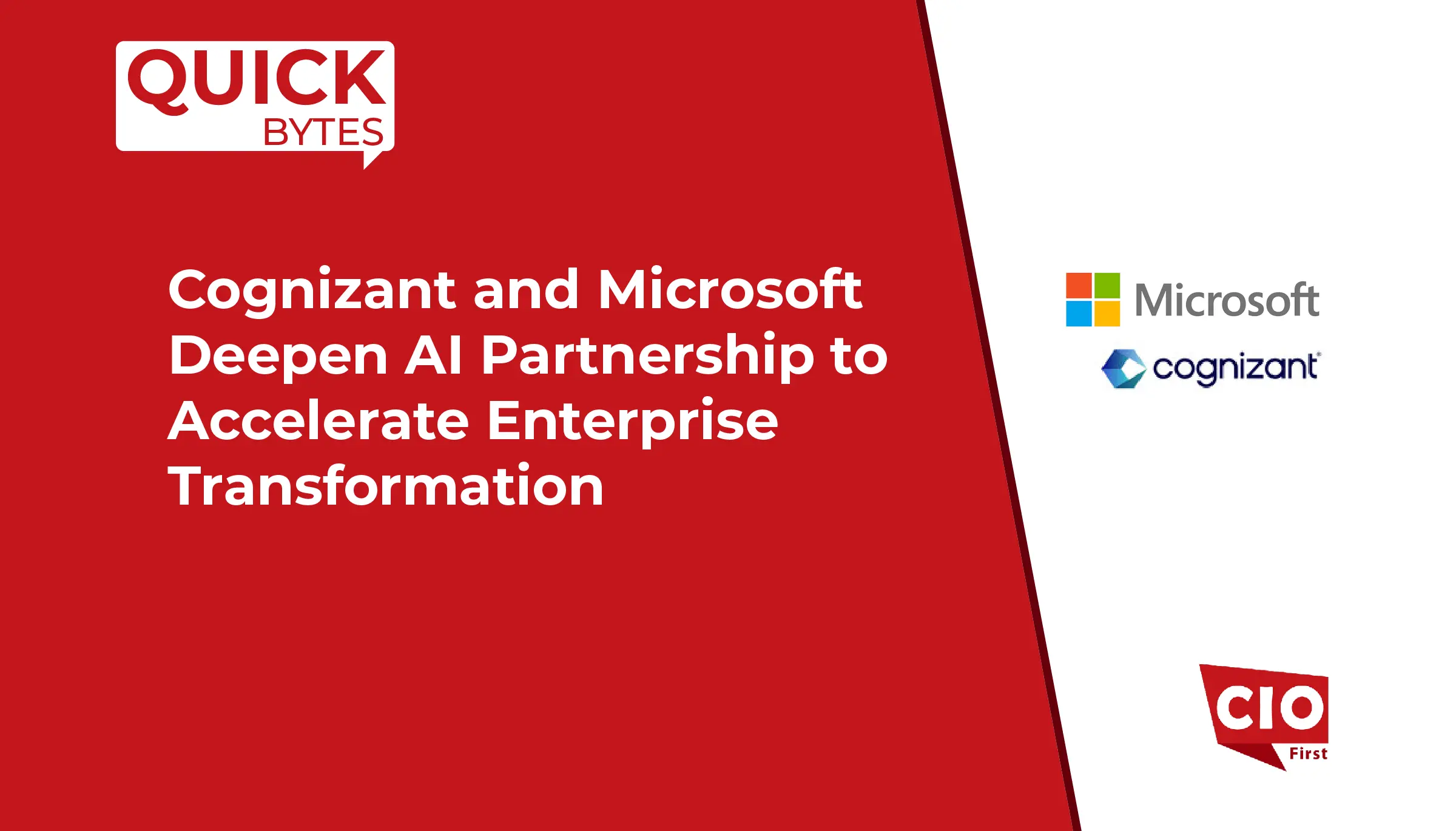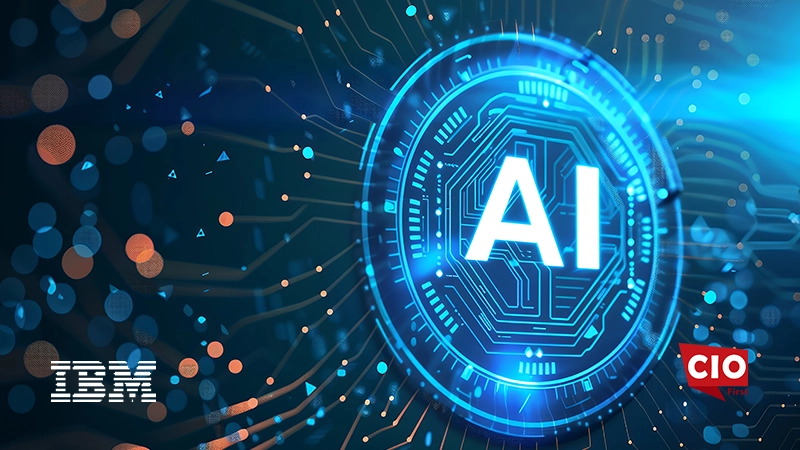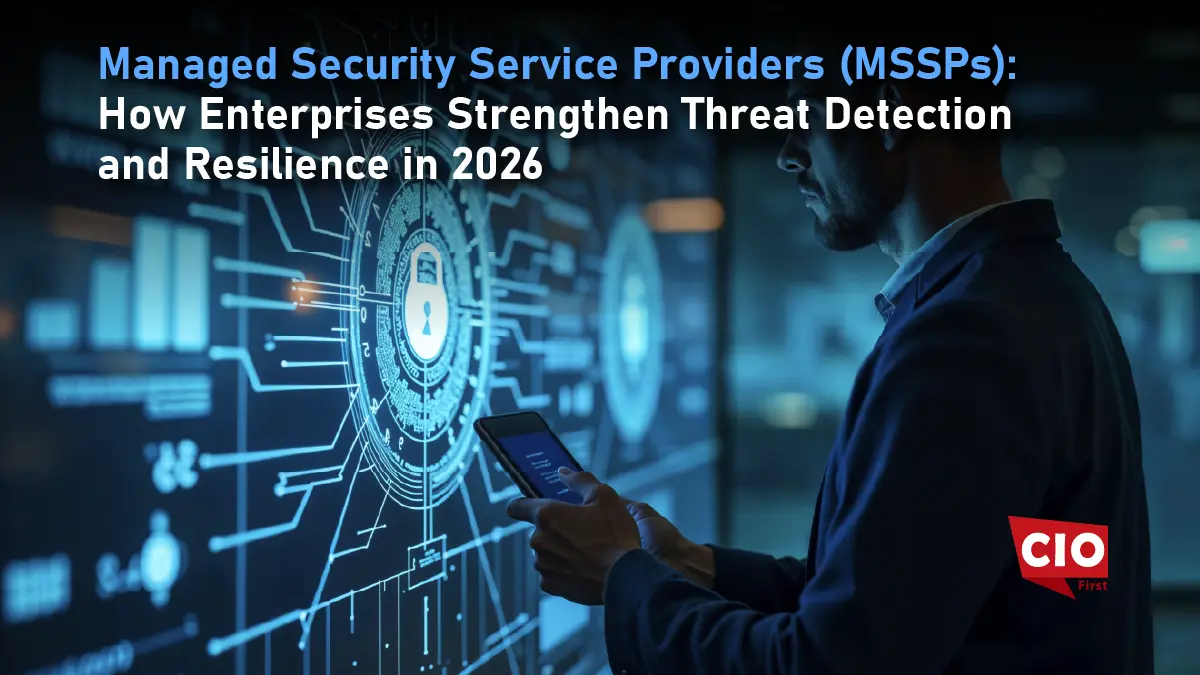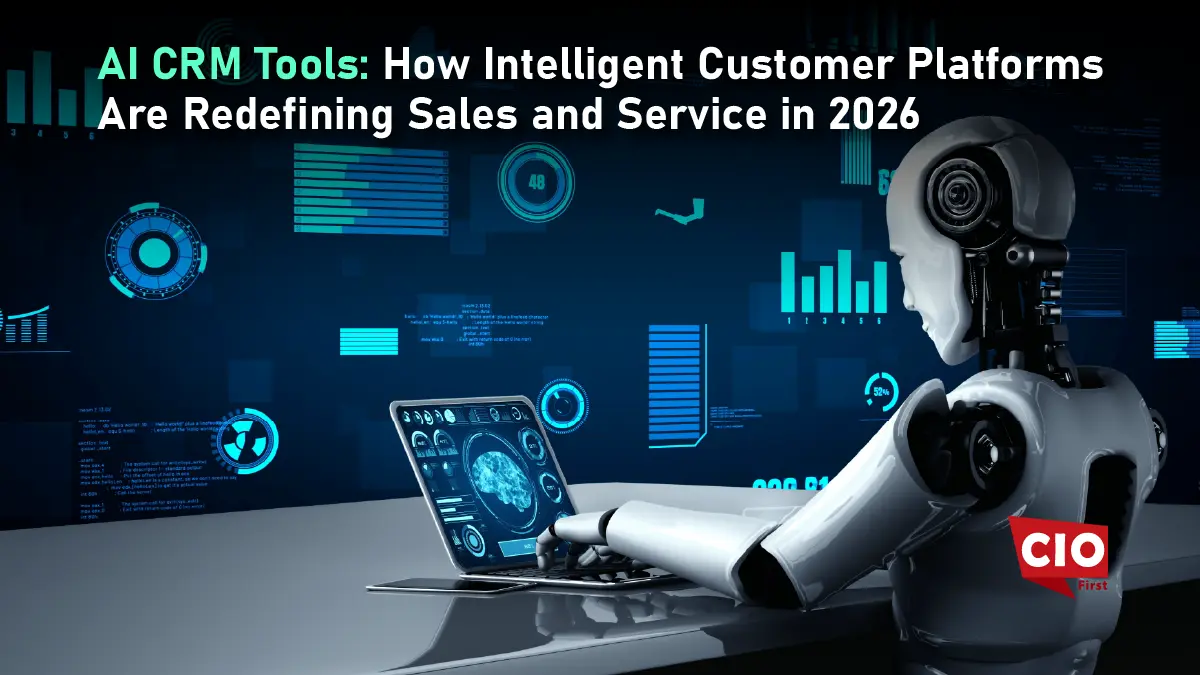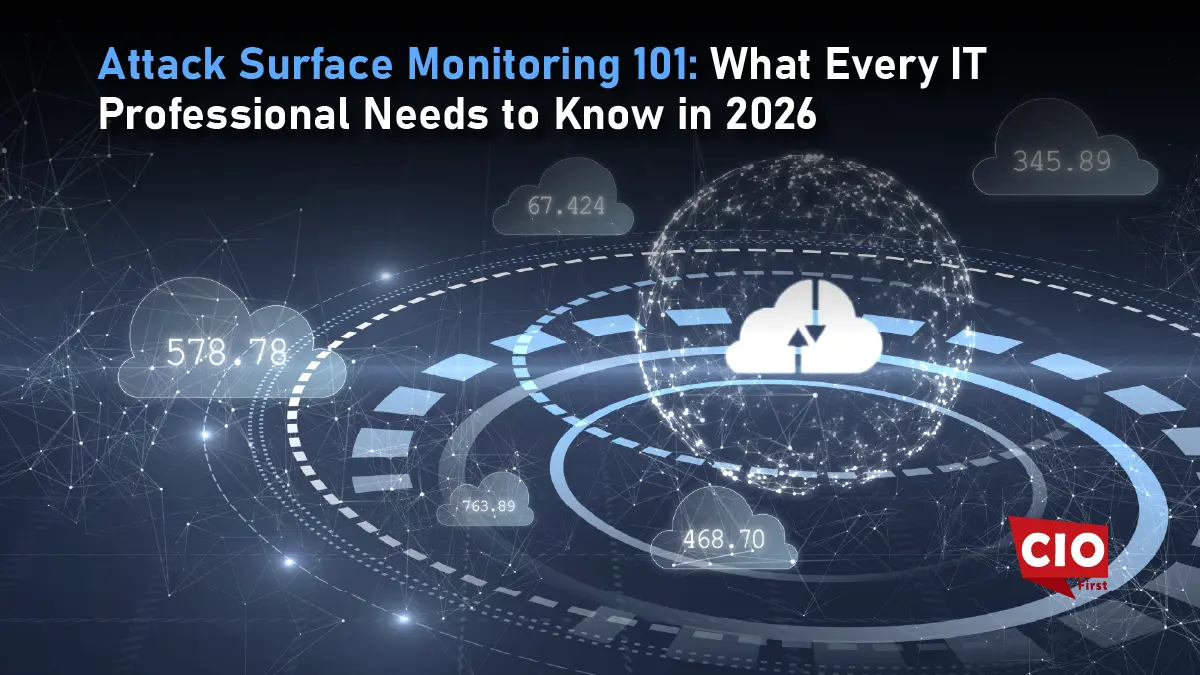Edge AI hardware refers to physical computing devices that run artificial intelligence algorithms directly at or near the source of data; outside of centralized cloud systems. These devices process data in real time, right where it’s generated. Think sensors, smart cameras, drones, factory robots, or mobile devices equipped with AI chips.
Why does this matter? For B2B leaders, it shifts AI from a cloud-only concept to something tangible, responsive, and deeply embedded in operations. This change unlocks faster decisions, lower latency, and new levels of efficiency.
Why Now? The Drivers Behind Edge AI Adoption

Edge AI hardware is having a moment, and for good reason. Businesses today generate massive volumes of data from sensors, machines, and devices. Too much, too fast for the cloud to handle alone. That’s where edge comes in. It processes data right where it’s created. No need to send everything to a distant server. This means decisions happen faster. Much faster.
Speed isn’t just nice to have anymore, it’s mission-critical. In industries like manufacturing and healthcare, even a one-second delay can cause serious problems. Edge AI cuts that delay. It brings intelligence to the frontlines. Think of it as decision-making on the spot. There’s also the issue of cost. Streaming all that data to the cloud, around the clock? It’s expensive. Edge AI helps trim those costs by handling more processing locally. Less bandwidth used. More control gained.
And then there’s privacy. With stricter regulations like GDPR and HIPAA, businesses need smarter ways to manage sensitive data. Edge AI keeps personal information close; on the device or within the facility. That’s a win for compliance and customer trust. All of this adds up to a clear shift. Speed, savings, and security are now driving adoption. Edge AI hardware isn’t just a technical upgrade, it’s a strategic move. The companies leaning in now are getting ahead. The rest? They’ll be playing catch-up.
Real-World Business Applications

Edge AI hardware isn’t just a tech buzzword, it’s already transforming how businesses run, compete, and innovate. In factories, smart vision systems now inspect every product the moment it rolls off the line. No delay. No cloud wait time. These AI-powered cameras catch defects instantly, helping reduce waste and improve quality without slowing down operations. It’s precision, in real-time.
Logistics is seeing the shift too. Delivery vehicles use edge-enabled systems that reroute themselves based on live traffic or weather conditions. No need to ping a central server. This means faster deliveries, lower fuel costs, and happier customers. Every second saved counts.
Retailers are also embracing the edge. Smart shelves use sensors and AI to track inventory, monitor foot traffic, and adjust promotions on the fly. A shopper picks up an item; an offer pops up on a nearby screen. It’s personalized marketing, happening in the moment. This isn’t future tech. It’s happening in stores right now. Healthcare is another standout. Wearables with edge AI track vitals like heart rate or oxygen levels. If something’s off, alerts are sent instantly to doctors, no cloud lag. For patients, that means faster response. For hospitals, it means proactive care that can prevent emergencies. The U.S. government has identified over 1,700 active AI use cases across its departments. Out of these, 227 directly impact public rights or safety, highlighting how seriously federal agencies are integrating AI into critical operations.
These are not isolated experiments. They’re scalable, measurable solutions. Edge AI hardware is proving its worth where it matters most; on the ground, in real-time, at the edge of decision-making. For B2B leaders, the message is clear: this tech isn’t coming. It’s here. And it’s working.
Key Components of Edge AI Hardware
Edge AI hardware might sound complex, but at its core, it’s built from a few powerful components working together. Each plays a key role in making real-time, on-device intelligence possible. Let’s break it down.
AI Accelerators: These are the engines behind the intelligence. GPUs (graphics processing units), TPUs (tensor processing units), and NPUs (neural processing units) handle the heavy lifting. They allow devices to run AI models fast; without relying on a remote data center. The result? Quick decisions, on the spot.
Embedded Processors: These are the brains of the device. They handle logic, control, and coordination. Whether it’s a drone adjusting its flight or a factory sensor detecting a fault, embedded processors manage the action in real-time.
Low-Power Chips: Edge devices often run in remote or mobile environments. Power matters. That’s why many use energy-efficient chips designed to run AI tasks without draining batteries. Smart and sustainable.
Sensors and Connectivity Modules: Sensors collect the raw data; images, temperature, pressure, and motion. Connectivity modules like Wi-Fi, Bluetooth, or 5G move that data between devices or to central systems when needed. But most of the thinking happens right there, at the edge.
Put together, these components create compact yet powerful systems capable of real-time analysis and action. That’s the promise of edge AI hardware, it’s smart, fast, efficient, and built for the real world.
Also Read: Adaptive AI in Enterprise Tech: How Intelligent Systems Are Reshaping Business Operations in Real Time
Strategic Considerations for B2B Tech Leaders
Adopting edge AI hardware isn’t just about picking the right devices; it’s about aligning technology with business goals. For B2B tech leaders, the strategy behind the deployment is just as important as the hardware itself.
Data Strategy Comes First: Not all data needs to go to the cloud. Leaders must decide what stays local, what gets analyzed on-site, and what’s worth sending for long-term storage. A clear data flow plan reduces latency, boosts efficiency, and saves bandwidth costs.
Infrastructure Alignment Matters: Edge AI doesn’t work in isolation. It has to fit into the existing infrastructure; networks, cloud platforms, security protocols. Make sure edge deployments connect seamlessly with everything else. Think integration, not just installation.
Build the Right Ecosystem: Partnerships play a big role. From AI software vendors to hardware suppliers and system integrators, B2B leaders should assemble an ecosystem that supports rapid deployment, scalability, and long-term support. No one wins alone in edge.
Security from Day One: Edge devices are closer to real-world risks, tampering, theft, or cyberattacks. Prioritize cybersecurity at the device level. Include encryption, endpoint protection, and remote monitoring as part of the core design, not an afterthought.
Shift the Culture: Edge AI changes how teams work. It shifts control closer to the operational edge. Leaders must guide this cultural transition; training staff, redefining workflows, and showing how edge tools empower, not replace, their roles.
Future-Proof the Investment: Technology moves fast. Choose hardware that’s modular, upgradable, and built on open standards. This keeps investment adaptable to future AI models, connectivity changes, or expanded deployments.
Deployment Challenges and Mitigation Strategies
Deploying edge AI hardware comes with its share of challenges. But these obstacles aren’t insurmountable. In fact, understanding and addressing them early on can make all the difference. For B2B leaders, tackling these challenges head-on ensures a smoother, more successful transition to edge AI. Let’s break it down.
Integration Complexity
Edge AI hardware has to fit into the existing infrastructure. It needs to play nicely with the networks, cloud platforms, and security protocols. But things don’t always go smoothly. Integrating new technology into an established system is never easy. Often, businesses face compatibility issues that slow things down.
This can be addressed with clear guidelines on how data will be processed in real-time, stored locally, or sent to the cloud. This reduces bandwidth costs and improves efficiency. It’s all about balance. When done right, system works more smoothly, and the user can get the most out of their edge AI investment.
Security Risks
Edge devices are often deployed in environments with higher security risks. Think remote locations, factory floors, or even vehicles in the field. With so much data being processed and stored at the edge, security can’t be an afterthought. It has to be a top priority. From physical tampering to cyberattacks, edge devices face constant threats. Government and allied cybersecurity agencies have documented and emphasized these risks extensively. For instance, The National Security Agency (NSA) and the Five Eyes intelligence alliance (Australia, Canada, New Zealand, UK, US) have issued joint guidance highlighting that edge devices are prime targets for malicious cyber actors.
Addressing this starts with a multi-layered security approach. Implement encryption, endpoint protection, and remote monitoring right from the start. The devices themselves must be secure, but so must the networks they connect to. Integrating security into the design is the key to protecting operations and maintaining trust.
Scalability Concerns
As businesses adopt more edge AI devices, scaling becomes a challenge. Managing a growing number of devices in different locations can feel like juggling. Keeping everything synchronized and operational at scale isn’t always easy.
The key is to think modular and choose devices that can easily be upgraded or expanded without disruption. A flexible approach allows one to grow at pace, without outgrowing infrastructure. Centralized management platforms are also essential. They help monitor and control devices remotely, keeping everything running smoothly, no matter how many devices are added.
What’s Next for Edge AI?
The edge will get smarter. Advancements in neuromorphic chips, 5G integration, and federated learning will expand what edge AI hardware can do. Devices won’t just process; they’ll learn and collaborate. Imagine a network of autonomous machines, all adapting and optimizing in sync. For B2B leaders, this is more than a tech trend. It’s a strategic frontier. Embracing edge AI hardware today sets the stage for agility, resilience, and innovation tomorrow.

